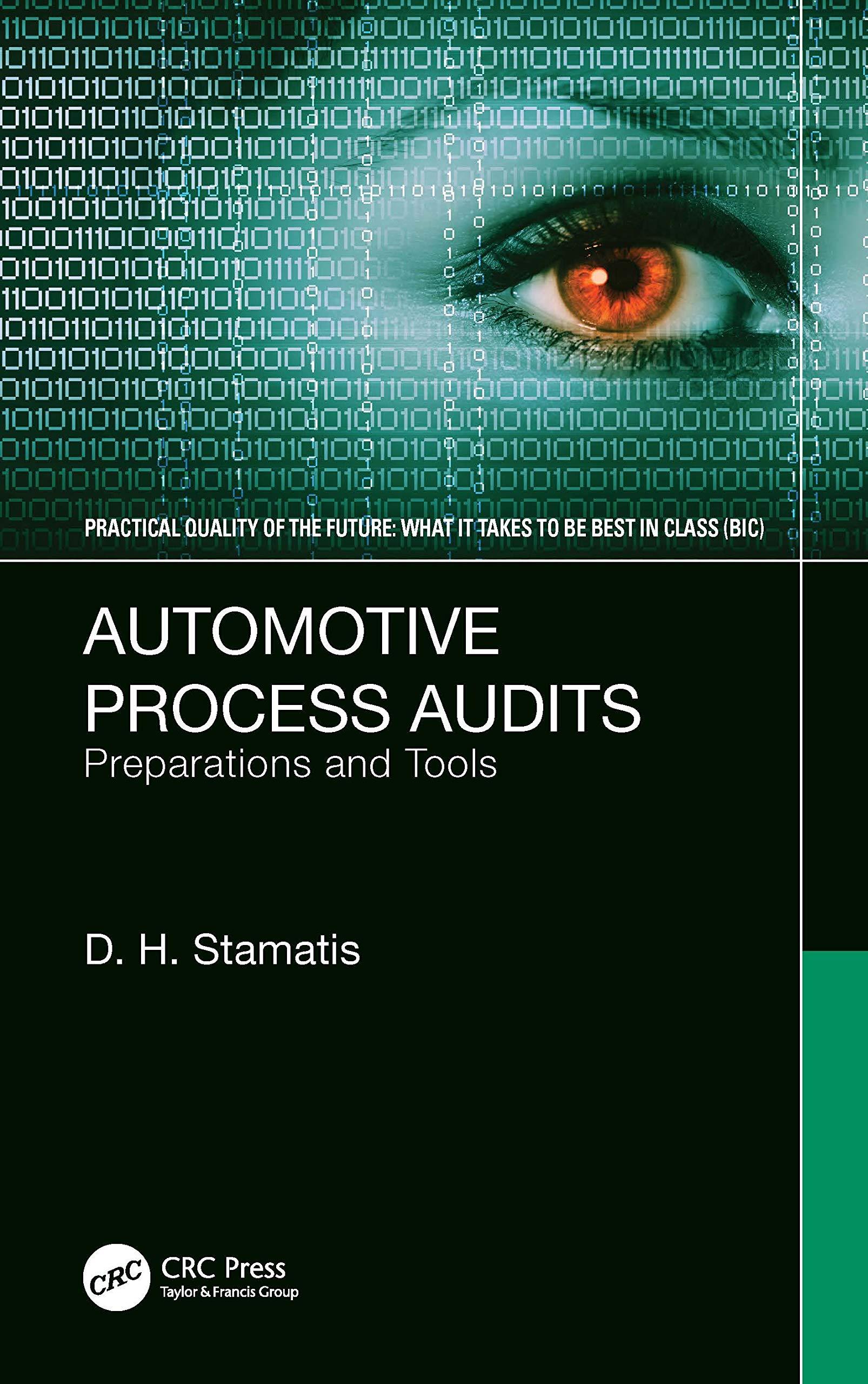need help with part A, B, and C

Yuki (age 45 at year-end) has been contributing to a traditional IRA for years (all deductible contributions), and her IRA is now worth $36,000. She is trying to decide whether she should convert her traditional IRA into a Roth IRA. Her current marginal tax rate is 24 percent. She plans to withdraw the entire balance of the account in 20 years, and she expects to earn a before-tax rate of return of 4.6 percent on her retirement accounts and a 3.6 percent after-tax rate of return on all investments outside of her retirement accounts. For each of the following alternative scenarios, indicate how much more or less Yuki will accumulate after taxes in 20 years if she converts her traditional IRA into a Roth IRA. Be sure to include the opportunity cost of having to pay taxes on the conversion. (Use Table.1.) Note: Round your intermediate calculations and final answers to the nearest whole dollar amount. a. When she withdraws the retirement funds in 20 years, she expects her marginal tax rate to be 35 percent. Yuki (age 45 at year-end) has been contributing to a traditional IRA for years (all deductible contributions), and her IRA is now worth $36,000. She is trying to decide whether she should convert her traditional IRA into a Roth IRA. Her current marginal tax rate is 24 percent. She plans to withdraw the entire balance of the account in 20 years, and she expects to earn a before-tax rate of return of 4.6 percent on her retirement accounts and a 3.6 percent after-tax rate of return on all investments outside of her retirement accounts. For each of the following alternative scenarlos, indicate how much more or less Yuki will accumulate after taxes in 20 years if she converts her traditional IRA into a Roth IRA. Be sure to include the opportunity cost of having to pay taxes on the conversion. (Use Table 1.) Note: Round your intermediate calculations and final answers to the nearest whole dollar amount. b. When she withdraws the retirement funds in 20 years, she expects her marginal tax rate to be 18 percent. Yuki (age 45 at year-end) has been contributing to a traditional IRA for years (all deductible contributions), and her IRA is now worth $36,000. She is trying to decide whether she should convert her traditional IRA into a Roth IRA. Her current marginal tax rate is 24 percent. She plans to withdraw the entire balance of the account in 20 years, and she expects to earn a before-tax rate of return of 4.6 percent on her retirement accounts and a 3.6 percent after-tax rate of return on all investments outside of her retirement accounts. For each of the following alternative scenarios, indicate how much more or less Yuki will accumulate after taxes in 20 years if she converts her traditional IRA into a Roth IRA. Be sure to include the opportunity cost of having to pay taxes on the conversion. (Use Table 1.) Note: Round your intermediate calculations and final answers to the nearest whole dollar amount. c. When she withdraws the retirement funds in 20 years, she expects her marginal tax rate to be 18 percent. Assume that she earns a 2.6 percent after-tax rate of return on investments outside of the retirement accounts










